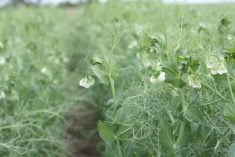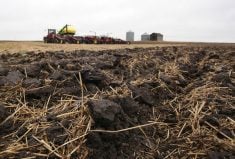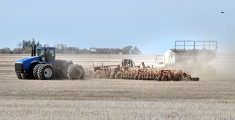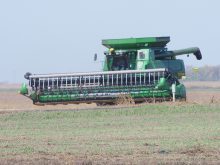Pulse crops and other legumes have slashed the greenhouse gas emissions that prairie farming would be producing without them.
Their role goes far beyond just fixing their own nitrogen, according to University of Manitoba soil scientist Mario Tenuta.
Their impact has included allowing summerfallow to disappear across almost all Western Canada, boosting crop yields in non-pulse years, providing a more robust rotation and producing protein crops, all while reducing the nitrogen use of the farms growing them.
“There are all these… behind the scenes benefits going on,” said Tenuta at the Manitoba Pulse and Soybean Growers session at Manitoba Ag Days.
Read Also
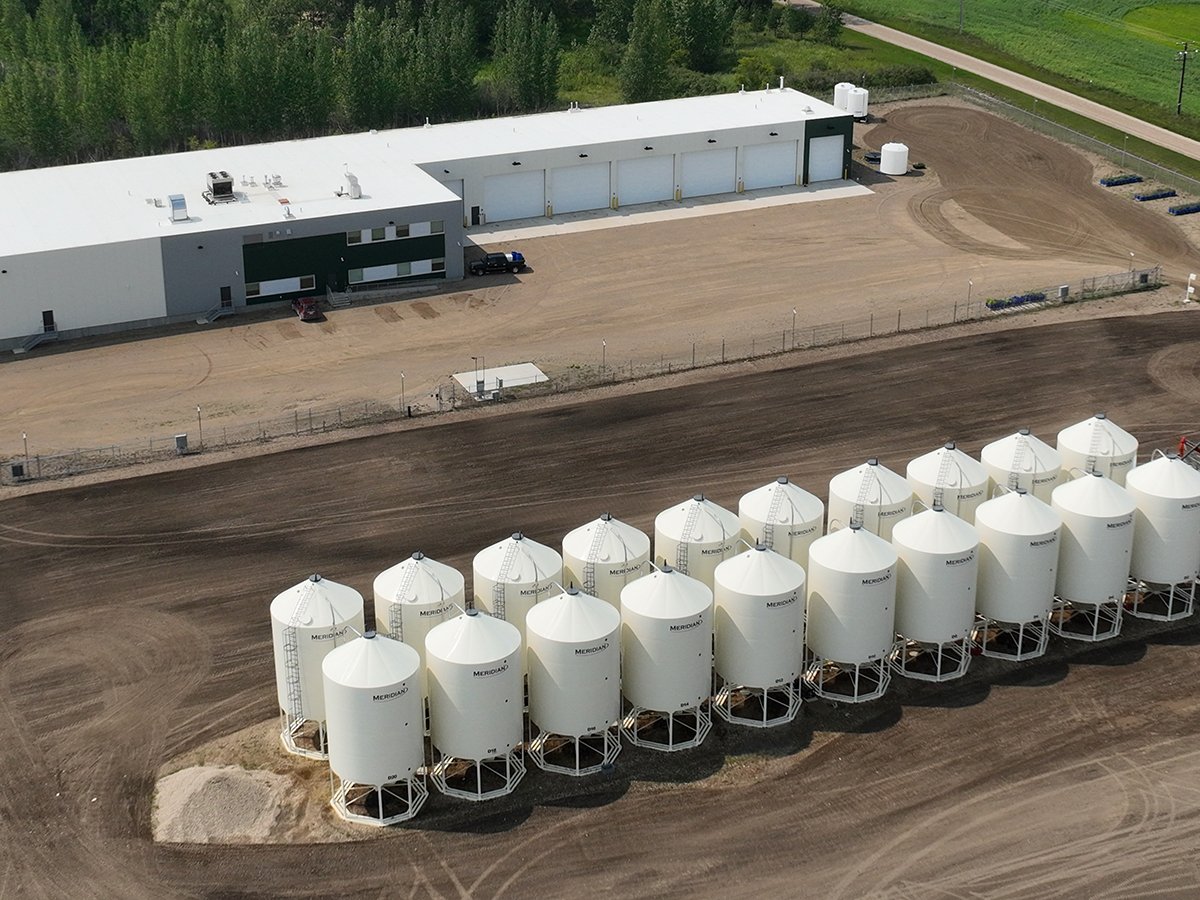
Saskatchewan firm aims to fix soil with compost pellets
In his business, Humaterra, Leon Pratchler is helping farmers maximize yields in the weakest areas of their fields through the use of a compost pellet.
As most would guess, nitrous oxide emissions in soybean, pulse and other legume years collapse, since no or little nitrogen fertilizer is applied. But leftover nitrogen from those crops allows subsequent crops to reduce nitrogen fertilizers and therefore reduce emissions.
Part of the disappearance of summerfallow comes from the moisture savings that minimum-till farming brings, but the saved nitrogen from pulse crops in arid regions also helped farmers adopt continuous cropping, which is the single biggest provider of carbon storage increases in prairie soils.
Tenuta said increasing legume crop inclusions in rotations will have a big impact on reducing greenhouse gas emissions.
“If you want to control (nitrous oxide,) grow nitrogen-fixing legumes.”
Pulse crops have been grown since the 1970s in many parts of Western Canada, but their value in reducing potential greenhouse gas emissions shouldn’t be undervalued.
“There is as much nitrogen fixed by legumes in Canada as the entire use of nitrogen fertilizer by Saskatchewan,” said Tenuta.
Boosting pulse and legume crop acreage would be an easy way to cut greenhouse gas emissions from Canada’s farmland, he said.




